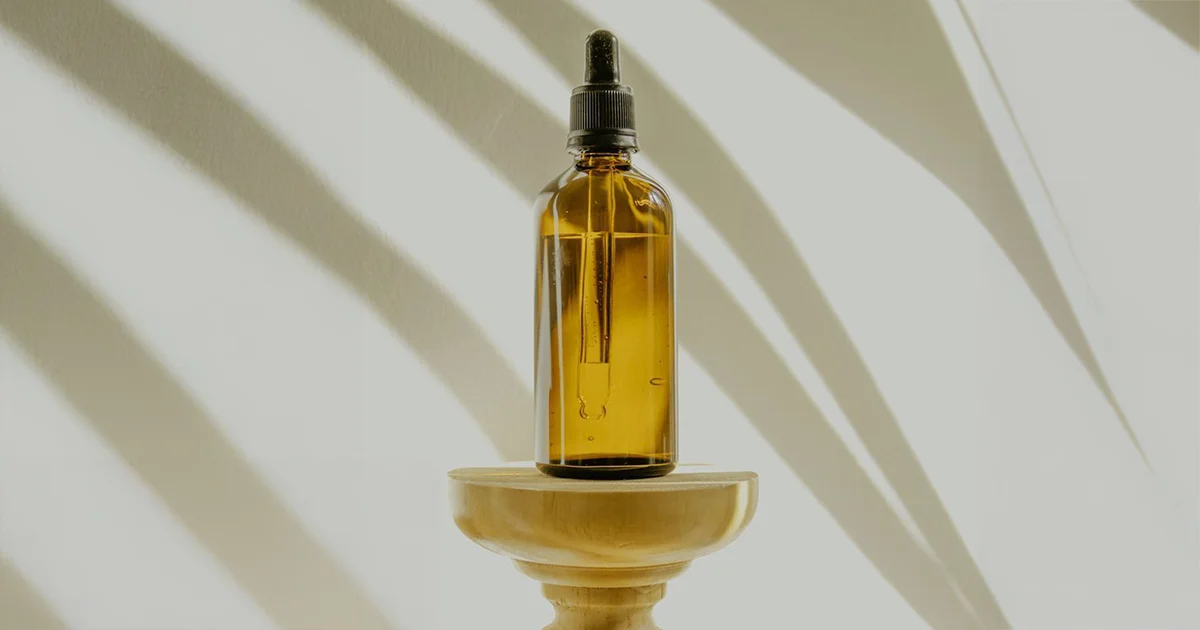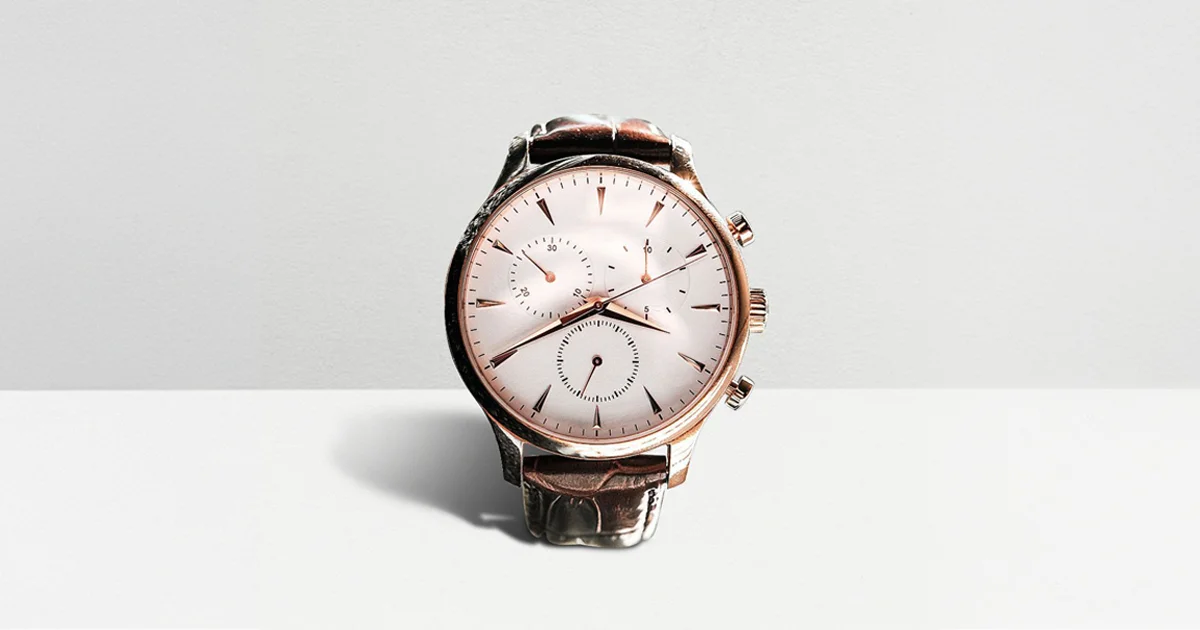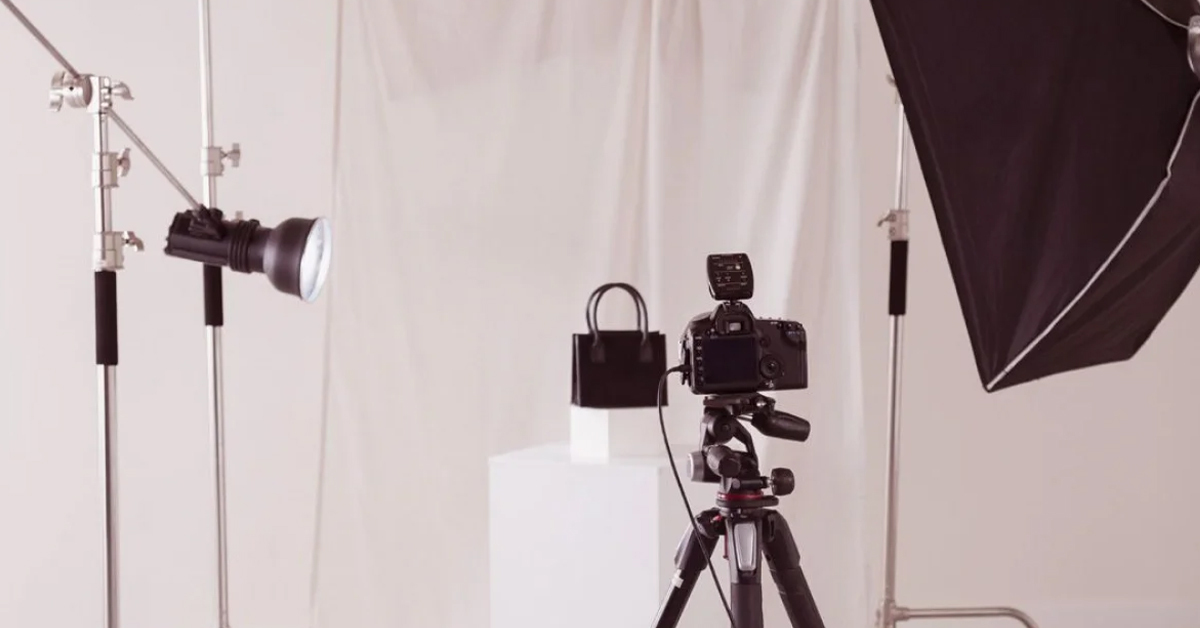Let’s face it - consumers of today are bombarded with hundreds of eCommerce store options to choose from. How you, as a brand, strategize to stand out in this endless sea of ever-growing competitors is what is going to make all the difference in your conversion and retention rates. Creative product photography is a great start for this!
Product shots are sort of the holy grail of eCommerce storefronts and online merchandising. This is perhaps the only medium your consumers will have to ‘experience’ your products before making a purchase, unlike traditional brick-and-mortar stores. In this article, we will discuss how you can improve your customer experience by using creative product photography ideas.
Why Product Photography Is Important
In the realm of online commerce, product photography serves as an indispensable tool for businesses seeking success. As the digital landscape dominates the market, understanding the significance of product photography ideas for products and what makes good product photography becomes paramount. Here’s why it’s crucial:
First Impressions Matter: Product photography acts as the initial point of contact between potential customers and your products. By presenting high-quality, visually captivating images, you can establish a positive first impression that captivates viewers’ attention.
Visual Communication: Leveraging product photography effectively communicates essential information about your products that words alone cannot convey. It showcases the product’s appearance, features, size, and intricate details, engaging customers visually.
Trust and Credibility: Professionally crafted product photos foster trust and credibility in your brand. They demonstrate a commitment to quality and the customer experience, thereby increasing the likelihood of conversions.
Highlighting Features: Through product photography, you can spotlight the unique features, design, and functionality of your products. This differentiation helps potential customers recognize the value your offerings bring compared to competitors’.
Emotional Connection: Skillfully curated product images evoke emotions and desires in viewers, fostering a sense of aspiration and desire that motivates purchasing decisions.
Reduced Returns: Clear and accurate product photography empowers customers to make informed buying choices, minimizing the likelihood of returns due to discrepancies between expectations and reality.
SEO and Online Visibility: Optimizing product images enhances your search engine ranking and visibility. Well-labeled and tagged images improve discoverability through image searches, driving organic traffic to your website.
Shareability: High-quality product visuals are more likely to be shared on social media platforms, amplifying brand exposure and potentially leading to increased sales as satisfied customers spread the word.
Consistency: Maintaining consistency in product photography across your online platforms cultivates a professional and cohesive brand image. This uniformity facilitates easier navigation for customers and reinforces brand identity.
Competitive Advantage: In a saturated market, compelling product images provide a competitive edge by capturing the attention of discerning customers amidst numerous options.
Increased Sales: Ultimately, the primary objective of product photography is to drive sales. By providing customers with clear, enticing impressions of your products, you increase the likelihood of conversions and revenue generation.
Showcasing Quality: High-quality product photography reflects the caliber of your offerings, assuring customers of the value they can expect from their purchase.
In essence, product photography transcends mere imagery; it’s about presenting your products in the most favorable light, both literally and figuratively. It represents an investment in your brand’s reputation, customer trust, and overall prosperity. Through high-quality product imagery, you empower customers to make informed decisions, forge emotional connections with your products, and ultimately contribute to the growth and success of your business. Let’s understand what tools will best help for an excellent product photography.
What Equipment and Tools Do You Need for Product Photography?
Discover creative photography tricks with your phone to elevate your product photography game right from the comfort of your home. The beauty of these techniques lies in their simplicity and accessibility. Here’s a comprehensive guide to essential equipment and tools for achieving professional-quality product photography with your smartphone:
Camera:
Whether you’re using a Digital Single-Lens Reflex (DSLR) or a Mirrorless Camera, or even just your smartphone with advanced camera features, ensure you have a device that offers manual controls and excellent image quality.
Lenses:
Experiment with different lenses, such as macro lenses for close-up shots, standard zoom lenses for versatility, and prime lenses for achieving a beautiful blurred background effect.
Tripod:
Stability is key, especially when shooting with slow shutter speeds or when precision is required in framing your shots. Invest in a sturdy tripod for consistent results.
Lighting:
Create controlled and even lighting using household items like lamps or windows. Experiment with natural light or invest in affordable lighting kits with softboxes and umbrellas for more professional results.
Backgrounds:
Utilize seamless paper backdrops or textured fabrics to create clean and stylish backgrounds for your product photography.
Props and Styling Tools:
Enhance your compositions with props like vases, flowers, or utensils. Use styling tools like tweezers or clamps to position products precisely.
Editing Software:
Take advantage of editing tools like Adobe Lightroom or Photoshop to refine your product images and make them stand out.
Optional Accessories:
Consider using a turntable for 360-degree product photography and a tethering cable for real-time image review and control.
Remember, while having the right equipment is important, mastering lighting techniques, composition, and post-processing skills are equally crucial for achieving professional-quality results. Experiment with different creative photography ideas at home with your phone, adapting your techniques to suit your specific needs and budget. With practice and patience, you can create stunning product images that captivate your audience.
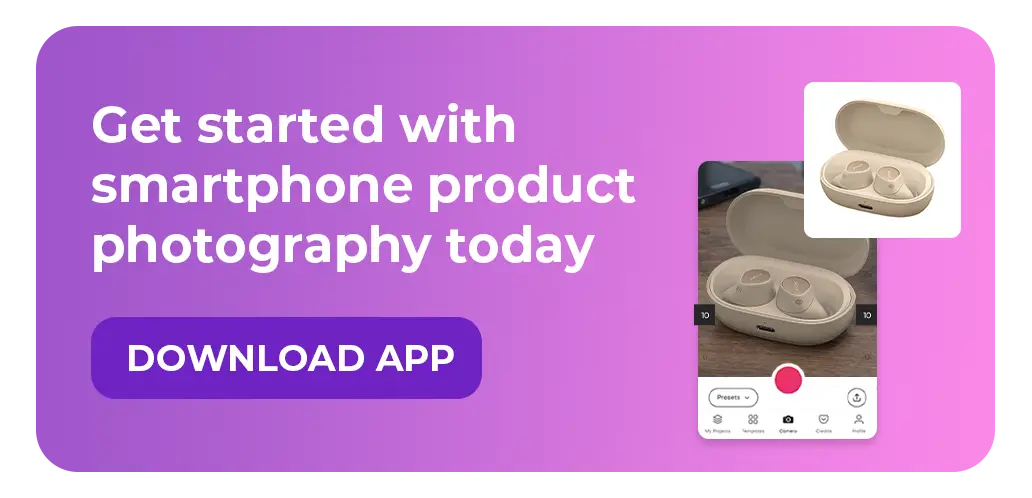
Beginner Tips for Unique Product Photography
Creative product photography can set your products apart and captivate your audience. Here are some beginner tips to help you get started with unique and imaginative product photography:
Conceptualize Your Idea:
Start by brainstorming creative concepts that align with your product’s personality and message. Consider the story, mood, or emotion you want to convey through your images.
Plan Your Shoot:
Careful planning is essential. Decide on the props, backgrounds, lighting, and composition that will bring your concept to life. Create a shot list to ensure you capture all the necessary images.
Lighting is Key:
Experiment with different lighting setups to achieve your desired effect. Soft, diffused lighting is often preferred for product photography, but don’t be afraid to try dramatic or unconventional lighting for a unique look.
Use Unusual Props:
Select props that are unexpected but relevant to your product’s story. Incorporate elements that add intrigue and engage the viewer’s imagination.
Experiment with Colors:
Play with color theory to create striking contrasts or harmonious palettes. Bold and unexpected color choices can make your product photography stand out.
Focus on Composition:
Apply composition techniques like the rule of thirds, leading lines, or framing to guide the viewer’s eye and create visually interesting compositions.
Try Different Angles:
Explore various angles and perspectives. Shoot from above, below, or at unconventional angles to provide fresh viewpoints and add visual interest.
Create a Sense of Depth:
Use depth of field creatively to draw attention to specific parts of your product. Blurring the background or foreground can make your subject pop.
Capture Details:
Zoom in to capture intricate details, textures, or small elements that tell a unique story about your product’s craftsmanship.
Experiment with Motion:
Show your product in action or use motion blur to convey a sense of dynamism. This approach works well for products related to sports, fitness, or lifestyle.
Include People or Animals:
Incorporate models, pets, or other living subjects to create a story around your product. Their interactions can add depth and relatability to your images.
Embrace Negative Space:
Sometimes, less is more. Leaving ample negative space around your product can create a minimalist and striking composition that draws attention to the subject.
Post-Processing Enhancements:
Use photo editing software to fine-tune your images. Adjust colors, contrast, and lighting to achieve your desired creative effect while maintaining a natural appearance.
Tell a Story:
Craft a narrative around your product that engages the viewer’s imagination. Use symbolism, juxtaposition, or symbolism to convey deeper meanings.
Seek Inspiration:
Study the work of other creative photographers, artists, and designers for inspiration. Analyze what makes their work unique and adapt elements that resonate with your style.
Practice and Experiment:
Creative product photography often involves experimentation. Don’t be afraid to make mistakes and learn from them. Keep refining your skills and developing your unique vision.
Remember that creative product photography is an art form, and it’s about pushing boundaries and thinking outside the box. Allow your creativity to flow, take risks, and have fun with the process. Over time, you’ll develop your own distinctive style that sets your product photography apart.
How can product photography impact your conversion rates?
Over 75% of online buyers rely on a product shot to make a decision.
You cannot display your product catalog without product photographs; that’s a given. It helps build trust and boost conversion rates. However, adding just about any picture will not help you increase sales.
Did you know that 90% of online purchasers claim that product photo quality is the most important contributing factor to online sales? And good product photography is 40% more likely to be shared from your social media accounts, which doubles as a great marketing strategy as well.
However, to achieve that, your product shots need to be able to grab your website visitor’s attention. These pictures have to be of high quality and well-edited. Even if you are on a tight budget, you can try your hands at DIY product photography to still leverage this important eCommerce element.
8 creative product photography ideas
Today, competition in eCommerce product photography is very high. Trying to get noticed and remembered in this sphere can be quite a challenge. However, this competition pushes store owners to try doing something different and innovative in their otherwise boring product photoshoots. You can get noticed and improve your sales by not doing what everyone else is doing.
Here are some creative product photography ideas for you to try your hands at your next shoot.
1. Use smoke
Smoke used in product photography aids in adding a sense of drama and mystery to your shots. You can also use colored smoke if it matches your product and brand aesthetic.
Nonetheless, this cool product photography trick can also be incorporated during the editing process. Simply download a sample image and edit it using tools like Photoshop and you’re good to go!

2. Play with symmetry
Symmtertic compositions are always pleasing and help grab the consumer’s attention from the get-go! It helps make your picture look complete.
However, mastering this photography principle will probably take a bit more time. So, play around and see what works best for your product catalog and brand aesthetic. Once you figure that out, it’s a world of endless variations of balancing size, color, shape, line, light, and texture as elements to leverage.
Quick tip - Remember, symmetric product photography is all about striking and maintaining the right balance and equality. So, when composing and assembling your photoshoot set design, keep this in mind.
3. Try shooting from unusual angles
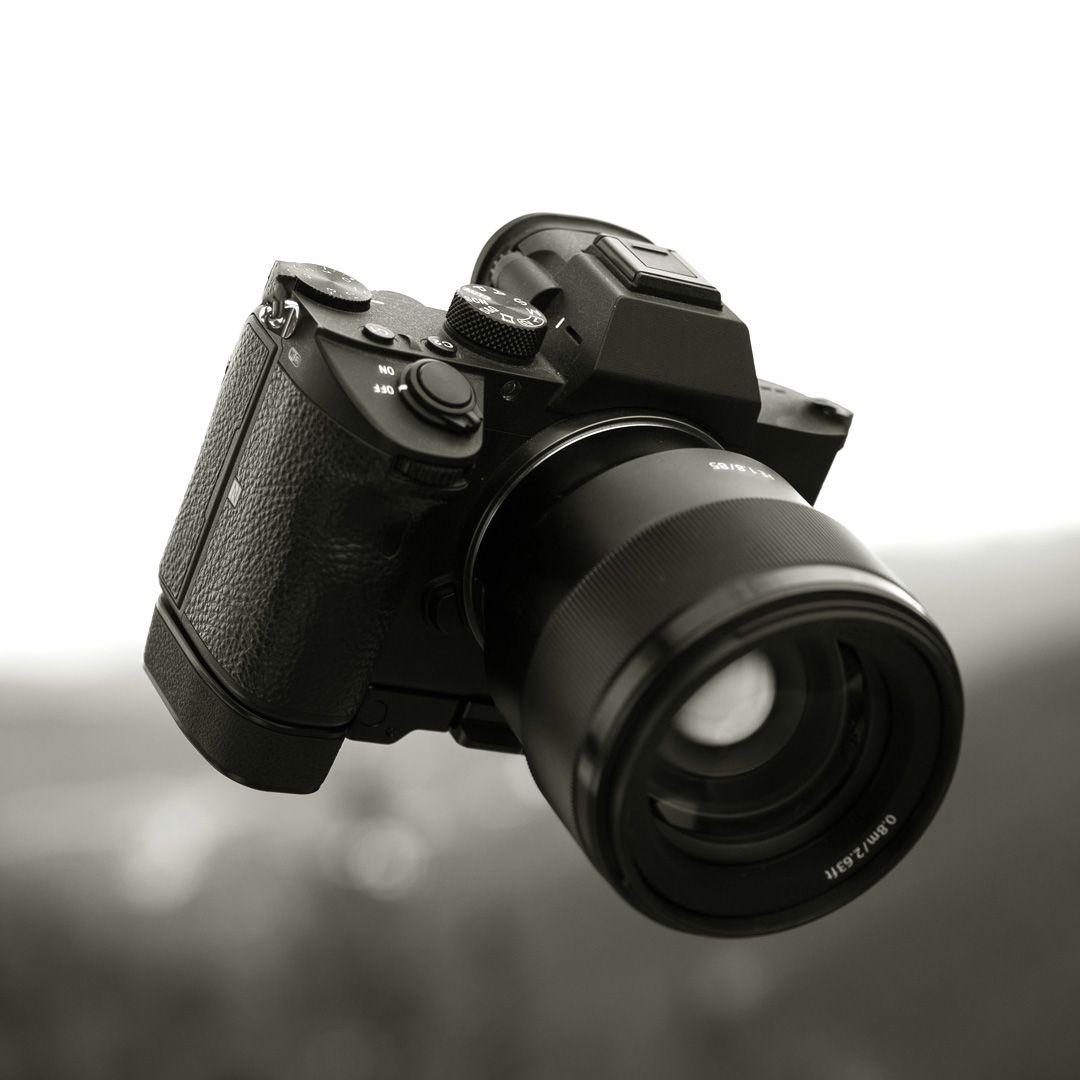
Your product catalog grows to become your online store’s identity. And how you display this ‘identity’ is going to make all the difference in how consumers perceive your brand.
So, get creative and don’t hold back!
Instead of taking plain shots from the same level as the product, meaning the final result is at eye level, shift your perspective a bit. Try shooting from the top, bottom, sideways, or even use a mirror and click interesting perspective shots.
However, whatever angle you pick, ensure that your product is still the prime focus in your frame. This is still a product photoshoot, after all! It should still serve its purpose. You don’t want your consumers complaining about how useless and pointless your ‘creative’ product photography is (Like Zara, for instance).
4. Leverage textures
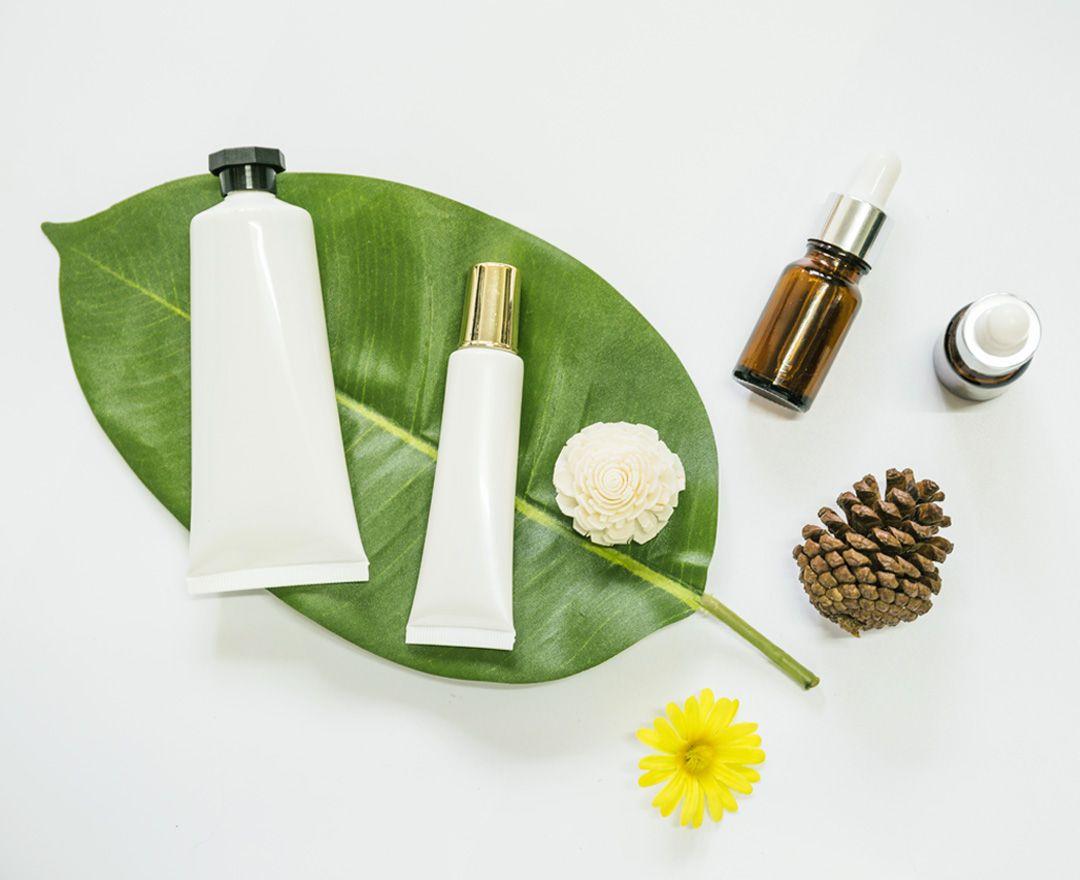
You can use your pictures to convey moods seamlessly. Simply use different textures to achieve this. It adds a sense of touch, depth, and even composition. It just instantly transforms your product shots.
For instance, you can create a ton of textured shots by just playing around with the direction and quality of light. You can also make use of other objects like a satin cloth, sand, snow, grass, stones, wood, and water to get amazing results. Nevertheless, while incorporating textures, ensure that the chosen option matches the overall mood, use case, and aesthetic of the product.
5. Add a human touch
Include human elements like hands, lips, and/or feet to elevate your otherwise bland pictures. It can serve two purposes -
- Show the right use case of the product. For instance, using luscious and plump lips in a cosmetic brand’s lipstick photoshoot.
- Next, it can also be used to add a sense of mystery to the shot. For instance, you can use hand photography ideas to show a hand coming out of nowhere to grab the product.
6. Consider floating product photography
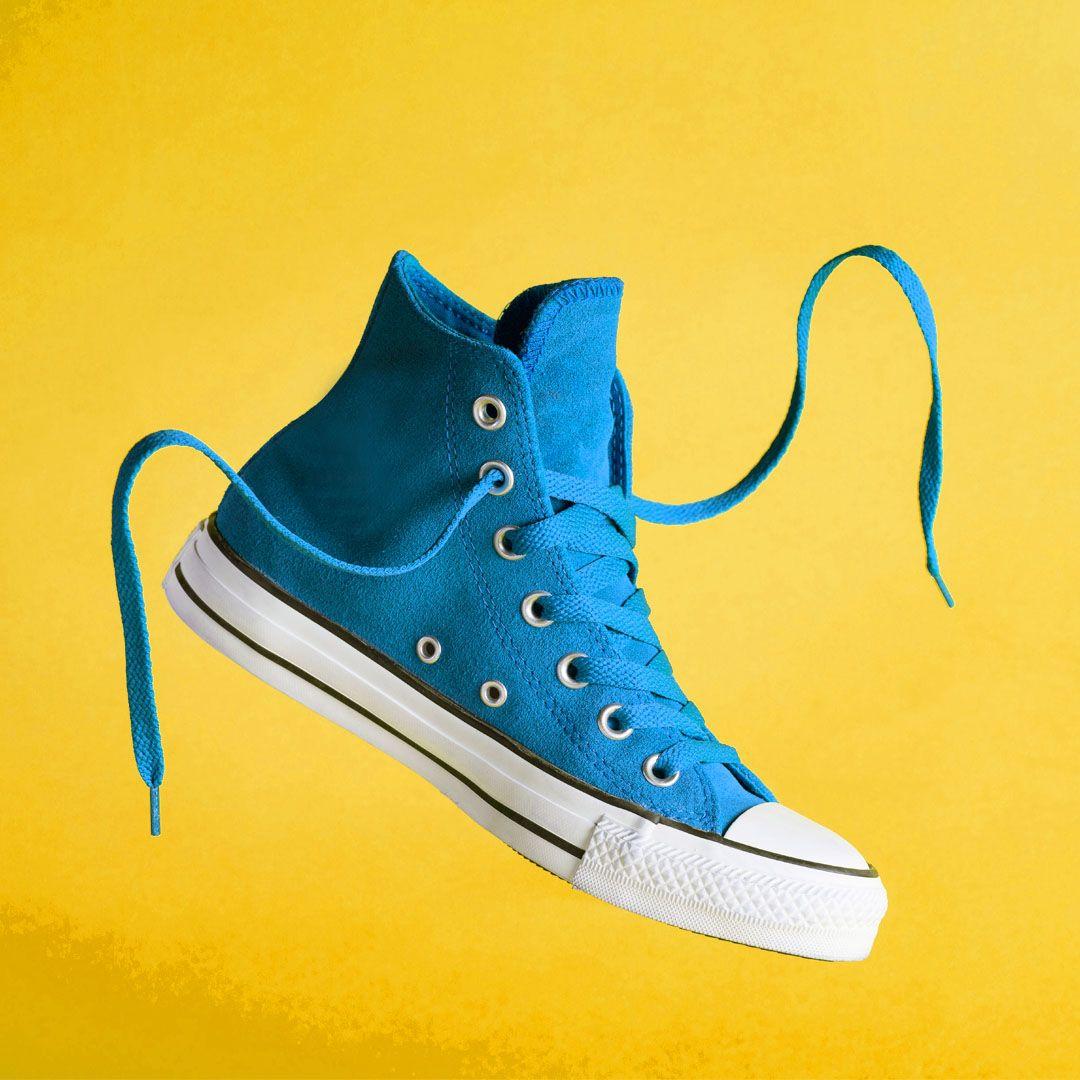
Add drama to your pictures by using floating product photography.
You can create a three-dimensional look by hanging your products.
Here’s a simple hack to create eye-catchy floating product shots -
- Simply tie a fishing line to a pole or a hook mounted to a sturdy surface.
- Next, tie your product to the other end of the fishing line and let it hang.
- Once you set it at the right height, you can start clicking!
- After you get your shots, use photo-editing software to spot heal the fishing line in the picture.
It’s that simple and you have simple, elegant, and creative product shots to help boost your conversion rates.
7. Add motion to your pictures
Capture stunning shots by ‘freezing’ motion. Take your photography setup ideas to the next level by using water, powder, sand, or leaves to create breathtaking visuals.
Notice how the picture above makes use of creative water photography that just instantly catches your eye and demands consumer attention. You will have to set your camera to the right settings and options to be able to execute such shoots.
8. Incorporate surrealism

Not all your creative product photography ideas have to be executed during the actual shoot. There’s so much that goes after a stressful day(s) of the shoot before it makes it to your website. What we mean is creative photo editing ideas can also help shape your vision and take your pictures to the next level.
This is where you can try your hands at surrealism. This kind of photography tends to defy realism. Here, products and/or models are placed in bizarre and practically impossible scenes. It helps add character to your shots and will gather your target audience’s attention easily. This incorporation will also double as a great marketing strategy since there’s a high chance people will share the pictures on their social media handles.
But do make sure to not go overboard and the product in light is still visible and the shots are serving their original purpose, i.e., display the product.
Conclusion
We’re sure this guide will help you click original, creative and innovative product photos that’ll captivate your audience. But as mentioned, in photography there’s a lot that goes post-product as well. This is where editing tools and software come into the picture to help you take your creative product photography to a whole new level altogether!
With tools like DoMyShoot, you can now easily take control of your eCommerce images. It is undoubtedly the best app for creative product photography today. This all-in-one solution for custom outputs of your product photography can help you improve your conversion rates with just a few taps and clicks.
You can book a demo today and take the first step towards enhancing your eCommerce product photography.



